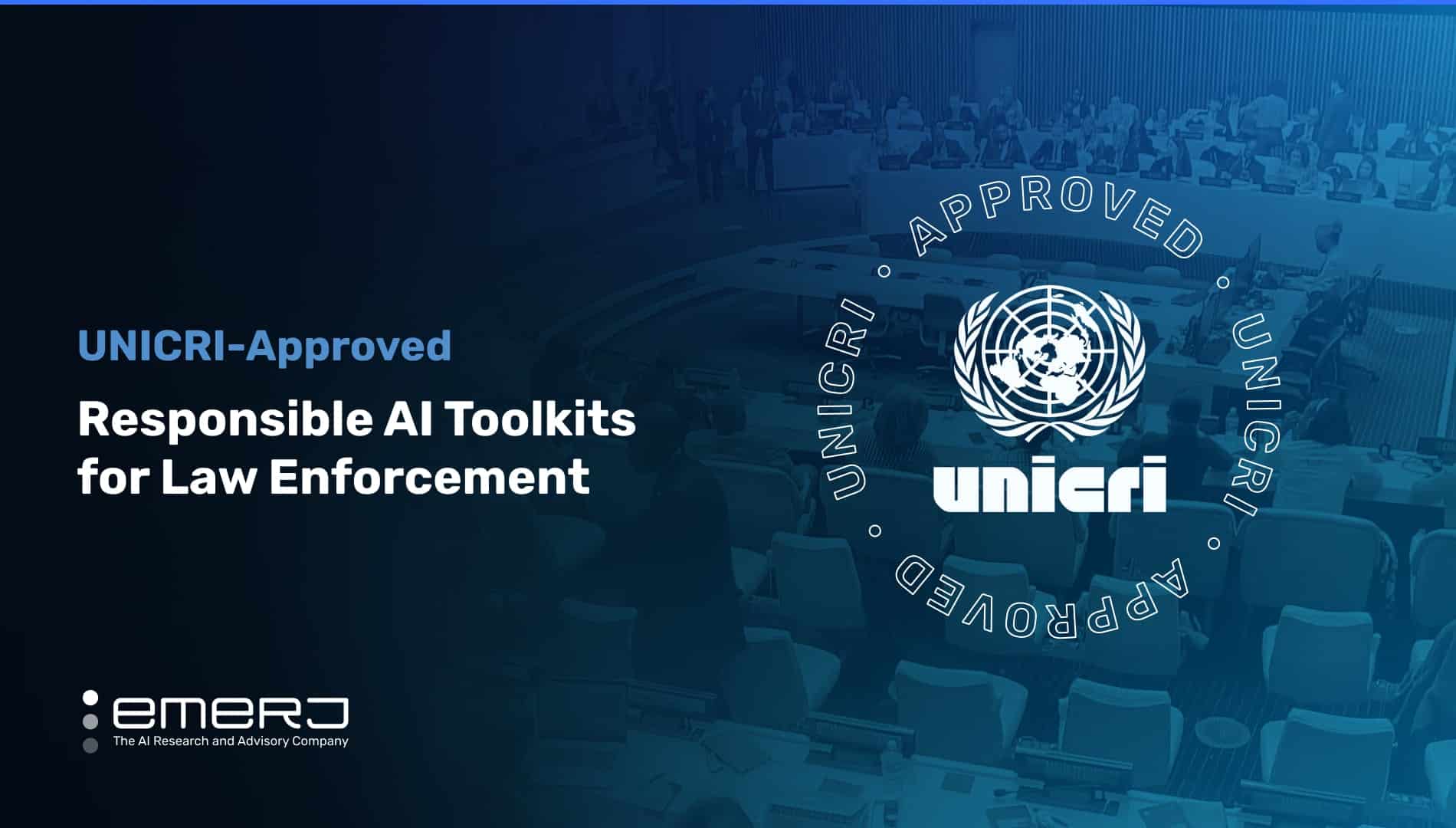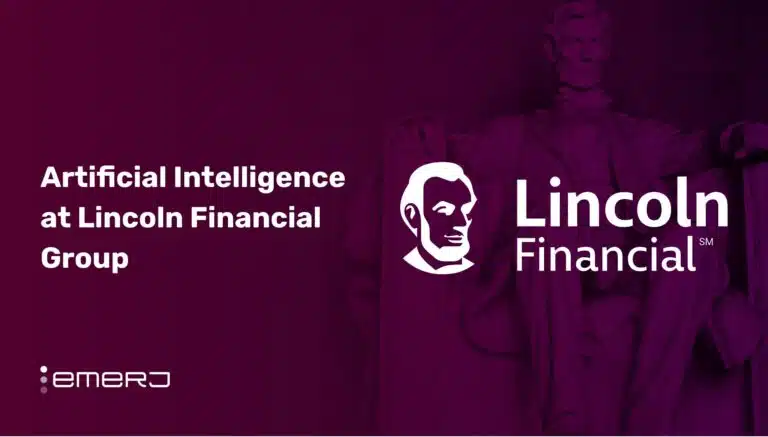The United Nations Interregional Crime and Justice Research Institute (UNICRI) was established in 1968 as an autonomous institution in response to a United Nations resolution urging expanded crime prevention and criminal justice activities. UNICRI’s mission is to advance justice, crime prevention, security, and the rule of law to support peace, human rights, and sustainable development.
UNICRI’s activities include cyber crimes, environmental crimes, illicit trafficking, and more. Through action-oriented research, specialized training, and technical cooperation, UNICRI helps nations develop institutional capabilities to combat crime and improve criminal justice systems, contributing to global peace and security.
The Toolkit for Responsible AI Innovation in Law Enforcement (AI Toolkit) is a vital resource to assist law enforcement agencies in effectively integrating responsible AI practices into their operations. It provides theoretical foundations and practical tools to ensure the alignment of AI systems with human rights, ethics, and policing principles.
While primarily aimed at law enforcement, the AI Toolkit benefits industry professionals, academics, civil society, and the general public. Developed in collaboration between the Centre for Artificial Intelligence and Robotics at UNICRI and the INTERPOL Innovation Centre, with support from the European Union, this toolkit empowers stakeholders to navigate the complexities of AI integration responsibly.
This article will examine and present valuable insights from the tools and guidance documents featured in the toolkit for responsible AI innovation in law enforcement:
- Organizational Readiness Assessment Questionnaire: The article introduces a self-assessment questionnaire to determine a company’s level of readiness and discusses the significance of organizational culture, processes, and expertise in implementing responsible AI innovation. It also provides a clear, structured framework for evaluating an organization’s readiness for responsible AI innovation.
- Risk Assessment Questionnaire: The document provides a comprehensive framework for conducting risk assessments in the context of responsible AI innovation, emphasizing the importance of good governance and ethical practices. It includes a structured process, a questionnaire, and risk level categorization to enable organizations to assess and mitigate potential risks associated with AI systems.
Organizational Readiness Assessment Questionnaire
In today’s business landscape, ethical AI adoption is paramount, and this content emphasizes the significance of ethical considerations, risk mitigation, transparency, and strategic planning. By following robust guidance to ethical AI adoption based on peer-reviewed research, business leaders can position their organizations for a competitive advantage, long-term viability, and the trust of stakeholders.
This AI toolkit highlights the importance of assessing organizational readiness for implementing responsible AI innovation in law enforcement agencies. It outlines a self-assessment questionnaire to determine an agency’s level of preparedness and provides insights into the steps required for responsible AI innovation. The toolkit introduces five readiness levels and discusses the significance of organizational culture, processes, and expertise.
To begin, understanding the five levels of readiness is fundamental. These levels are milestones for responsible AI implementation within law enforcement agencies. They span from Level 1, where there is limited awareness and experience with AI systems, to Level 5, where AI systems are deeply integrated into core agency functions, supported by robust, responsible AI innovation practices.
The heart of this framework lies in the self-assessment questionnaire, a valuable tool to gauge an agency’s readiness. Comprising three key components – organizational culture, processes, and people/expertise – this questionnaire delves into the intricacies of readiness:
- Organizational Culture: This section delves into the agency’s cultural aspects concerning AI innovation. It probes the agency’s grasp of AI’s long-term nature, ability to critically assess the need for AI systems, stakeholder engagement, and commitment to ethical, legal and responsible AI use.
- People and Expertise: Assessing the agency’s human resources is crucial for evaluating whether personnel understand the principles for responsible AI innovation, follow ethical guidelines, and possess the requisite skills and knowledge to work effectively with AI systems.
- Processes: Pivotal in evaluating an agency’s preparedness regarding strategy, oversight, risk assessment, public engagement, procurement, audits, and ongoing monitoring. It provides a roadmap for the responsible implementation of AI, ensuring alignment with ethical standards and legal compliance.
Once you’ve completed the Organizational Readiness Assessment and assigned scores between 0 and 4 to each statement, you can use the scorecard to interpret your results.
The cumulative scores for each sub-section (Culture, People and Expertise, Processes) will help you determine your responsible AI innovation readiness level. These readiness levels are also associated with recommendations for progressing toward responsible AI innovation.
This toolkit is invaluable for business leaders as it presents a clear, structured framework for evaluating their organization’s readiness for responsible AI innovation. It helps leaders understand where their organization currently stands and provides actionable recommendations for improvement.
Risk Assessment Questionnaire
The document provides a comprehensive framework for conducting risk assessments in the context of responsible AI innovation. It outlines the purpose, scope, and structured process for identifying and mitigating potential risks associated with AI systems. This approach ensures that AI innovation aligns with ethical and responsible practices.
The primary purpose of this document is to enable organizations, including business leaders, to assess the risks associated with AI systems comprehensively. It specifically focuses on the negative consequences if responsible AI innovation principles are not adhered to. Various risk assessments emphasize the potential harm to individuals and communities from non-compliance with responsible AI principles.
These questions are rooted in UNICRI’s ‘Principles for Responsible AI Innovation,’ described variously throughout the document and emphasizing the fundamental principles of minimizing harm, upholding human autonomy and ensuring fairness, along with their corresponding supporting principles.
The principle of good governance, as per this toolkit, is integrated into this process in two distinct ways:
- Firstly, adherence to the principle of good governance within law enforcement agencies can impact the likelihood and consequences of specific events. For instance, prioritizing traceability in decision-making during AI system design and development enhances the ability to detect and prevent detrimental human biases early in the process.
- Secondly, the principle of good governance plays a pivotal role in guiding agencies toward identifying and effectively implementing mitigation measures.
The Risk Assessment process involves five interconnected steps:
- Preparation
- Assessment
- Interpretation of Results
- Communication
- Maintenance
Each step plays a critical role in the overall effectiveness of the assessment. The guide makes clear that before embarking on the evaluation, it is essential for agencies and leaders to:
- Thoroughly understand the situation
- Identify potential limitations
- Gather necessary information
- Consider stakeholders, use cases, and possible negative impacts on human rights and well-being.
This questionnaire helps organizations evaluate the likelihood of specific adverse events occurring and the potential impact on individuals and communities. It aligns with responsible AI principles such as minimizing harm, ensuring human autonomy, promoting fairness, and good governance. The questions are designed to assess risks comprehensively, ranging from legal and safety concerns to privacy, discrimination, and bias issues.
Upon completing the questionnaire, respondents assign scores for likelihood and impact, allowing for a quantitative measure of risk (Risk Score = Impact x Likelihood).
These scores then determine the risk level, categorized as low, medium, high, or extreme. These classifications help organizations prioritize risks for mitigation efforts, ensuring immediate attention is given to high and extreme risks.



















